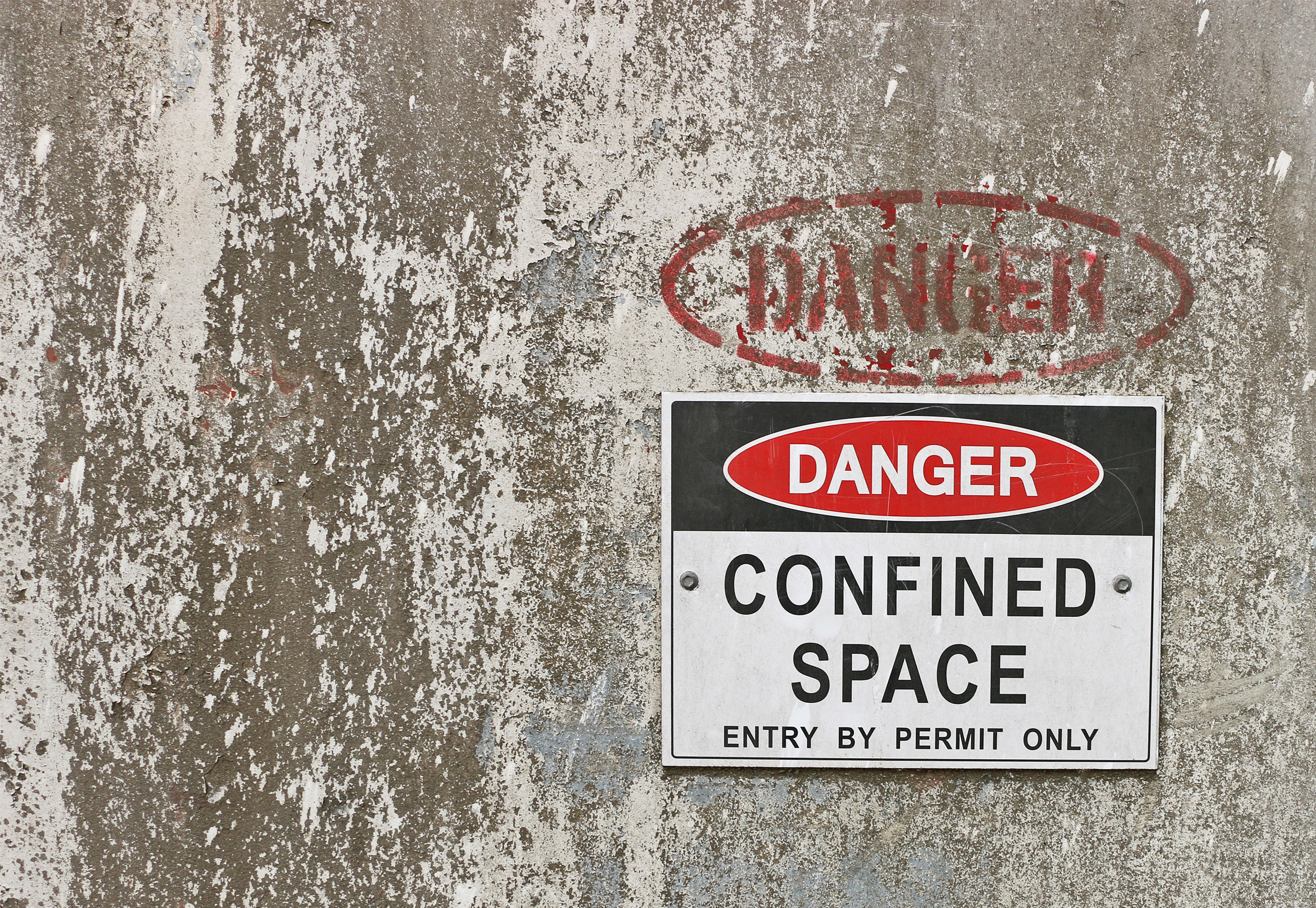The requirements for using Lockout Tagout (LOTO) to control hazardous energy during machine servicing and maintenance are clearly prescribed in 29 CFR 1910.147, but OSHA enforcement citing of the LOTO Standard consistently remains in the top 10 most frequently cited standards. Why? LOTO requirements are not always consistently or correctly followed, and they’re often viewed […]
Continue readingPerforming Confined Space Assessments: Keys to Success
When one of the largest Liquified natural gas (LNG) plants in the country is relying on us to identify all its confined spaces, perform hazard assessments on those spaces, and determine whether each one is a “permit required confined space” (as defined in the Occupational Safety and Health Administration [OSHA] standard, here’s how we do […]
Continue readingSAFETY CULTURE: THE ICEBERG EFFECT
A strong, positive safety culture results in reduced injuries and lost time by valuable resources, improved morale and productivity, and greater loyalty to the organization. Safety culture and the desire to have a strong safety culture are often discussed, but what exactly is safety culture? In basic terms, safety culture is the “preferred way things […]
Continue readingOUCH! Laceration Prevention
Statistics The U.S. Bureau of Labor Statistics (BLS) recently reported that in 2020, there were over 59,000 cuts and lacerations involving time away from work sustained by private employers in the U.S. A large majority of these lost time injuries involved the hands and fingers. These injuries are painful, impact employees and their families, and […]
Continue readingCommon Misinterpretations of OSHA’S Process Safety Management Standard
Who must follow Process Safety Management regulations? Companies processing “highly hazardous” chemicals must follow the Occupational Health and Safety Administration’s (OSHA) Process Safety Management (PSM) standard to assess the risks of processes and establish a series of controls to avoid catastrophic consequences. Does OSHA consider common flammable materials “highly hazardous”? Many chemical companies have assumed […]
Continue reading



